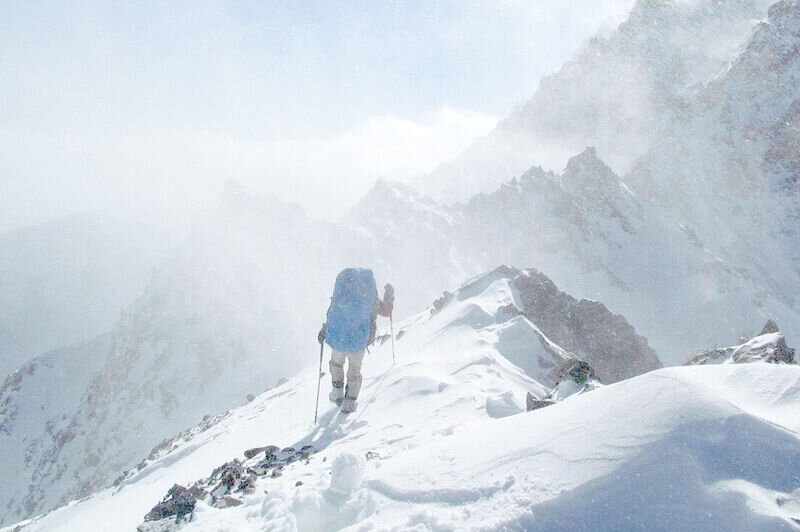Glaciers in Iran shrink by 21% in 8 years

TEHRAN – The total area of glaciers in Iran was estimated at 9 square kilometers in the past Iranian calendar year 1400 (ended March 20, 2021), decreasing by 21 percent compared to the year 1392, the water studies institute affiliated with the Ministry of Energy has said.
To date, eleven glacial regions have been identified in the country with an area of 34.72 square kilometers, according to data provided by the institute.
Although the area of glaciers in Iran is notably smaller in comparison with many Asian and European countries, they are significantly important as they are located in arid and semi-arid areas.
Over the past 23 years, climate change has led to dryness of lakes and wetlands, land subsidence, sand and dust storms, air pollution, and some other predicaments in Iran.
The consequences of industrial life in the country caused a special condition that when heavy rainfall begins, the lands being unable to absorb it, flooding rages across the county, Reza Shahbazi, deputy head of Geological Survey and Mineral Exploration, has said.
Iran is currently in a period of prolonged drought, yet during this period occasionally experienced heavy rainfall over short periods of time, he stated.
Examination of indicators such as rainfall, the difference with long-term averages, and evaporation rate, shows that our country has been in a period of drought since 1998, however, over some years, normal averages of rainfall poured over the country, he added.
Referring to rainfall fluctuations, he explained that sometimes an area received a year of rainfall only in a few days, as it has recently rained as much as a year in one day in Bushehr.
Today we face a series of extreme, and abnormal events that can be a sign of "climate change" and the nature of climate change is creepy and its gradual occurrence, so that the exact time of these events and changes cannot be understood, he highlighted.
“Since the beginning of the twentieth century and the increasing use of fossil fuels in the world, the average carbon dioxide in the atmosphere has risen from 250 ppm to more than 400 ppm, and this 1.7-fold increase in carbon dioxide is directly related to rising global temperatures and events such as torrential rains, dust, etc.
About 60 years ago, Iran has moved towards industrialization, during which the pressure on water resources and lands with all kinds of exploitation has increased, and today we are witnessing the destruction of land in the form of water and soil erosion, as well as vegetation depletion.
MG
CAP: Glaciers in Iran are significantly important as they are located in arid and semi-arid areas.

Leave a Comment